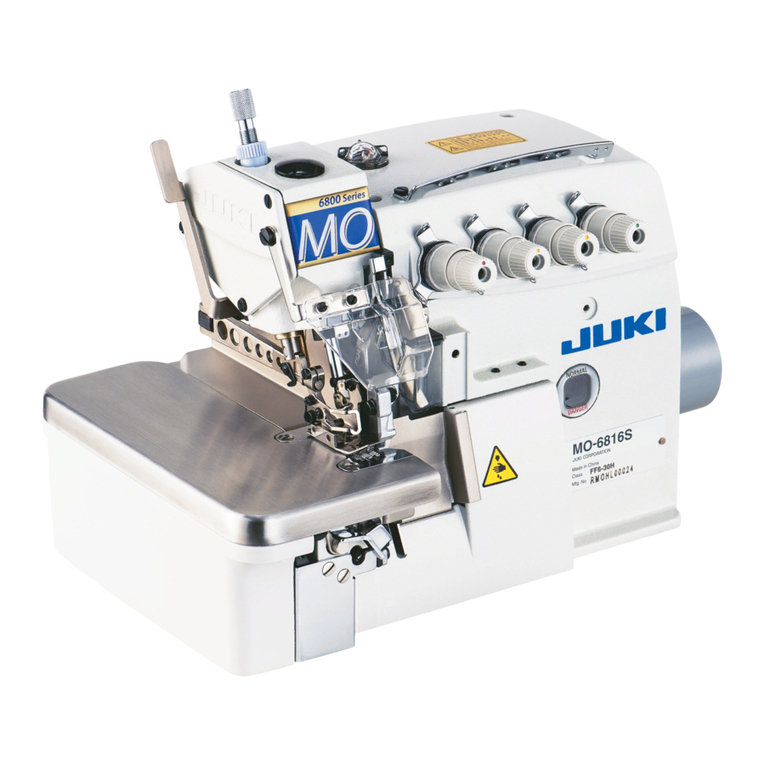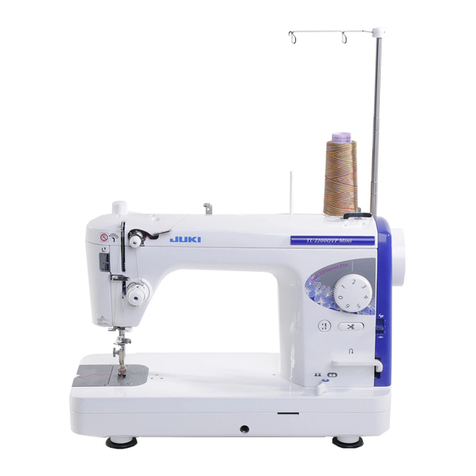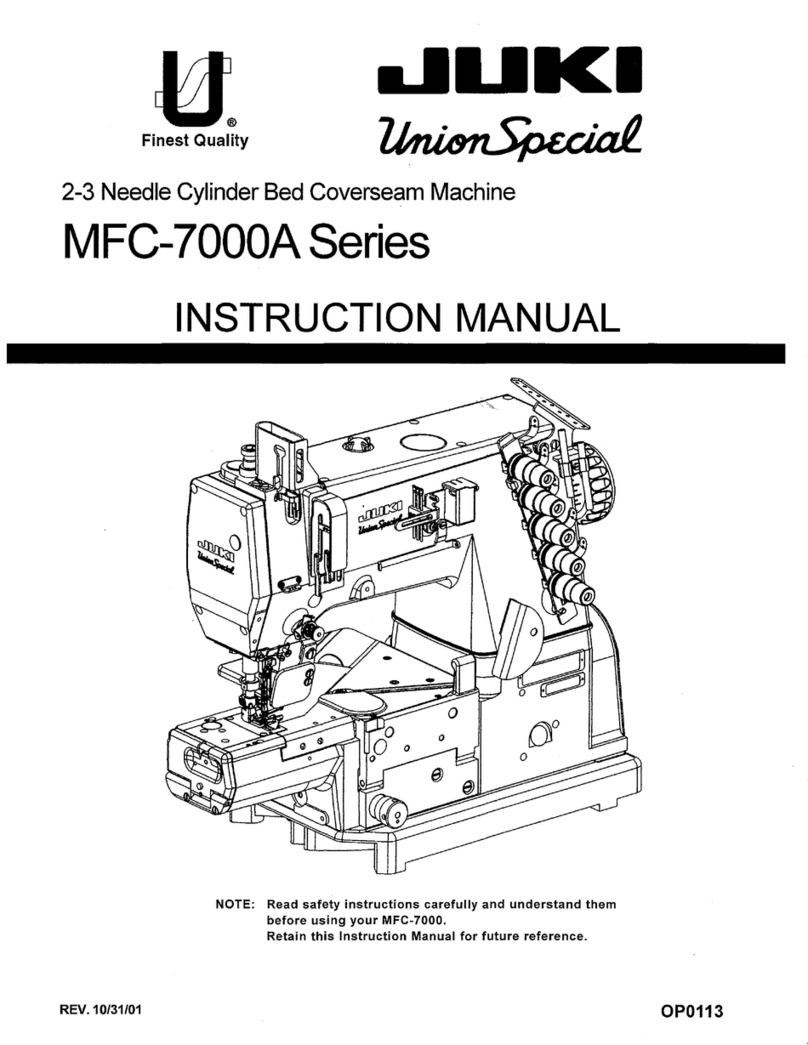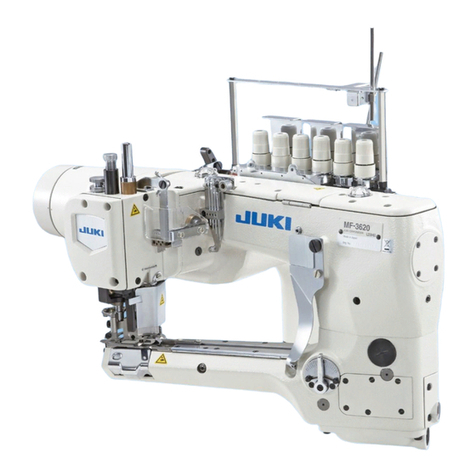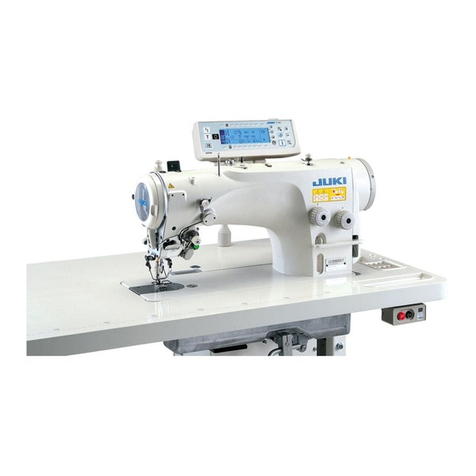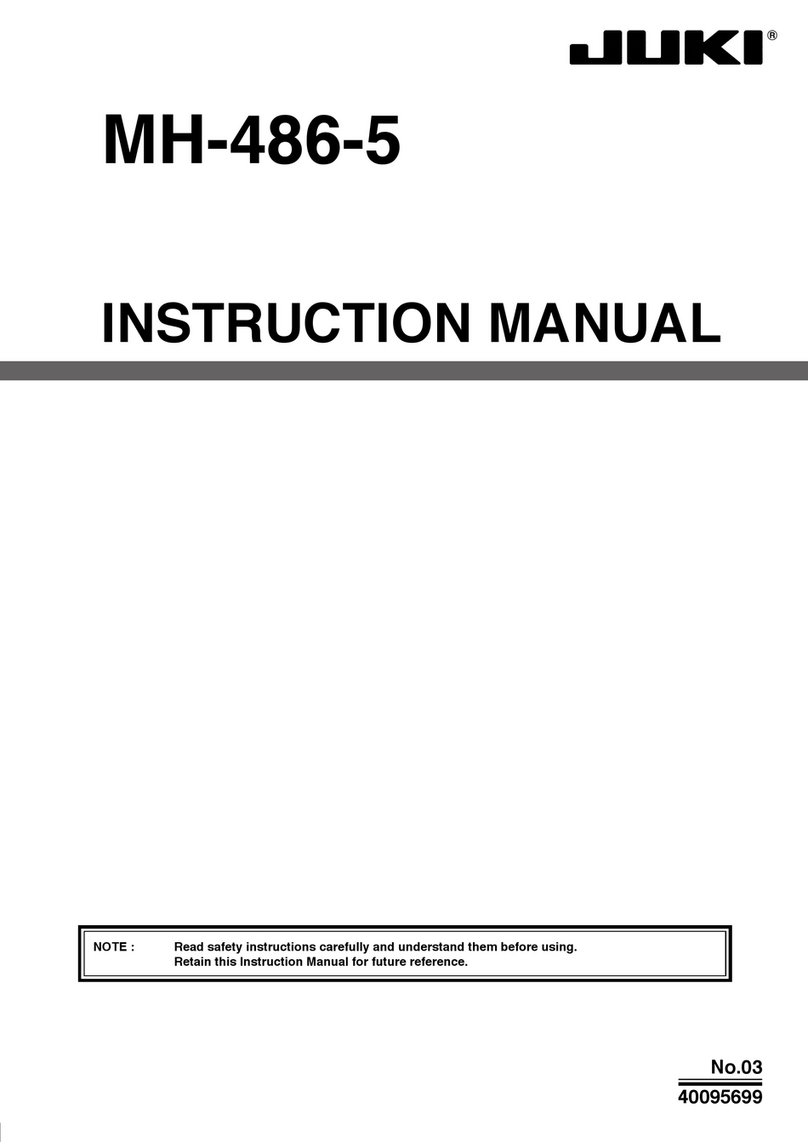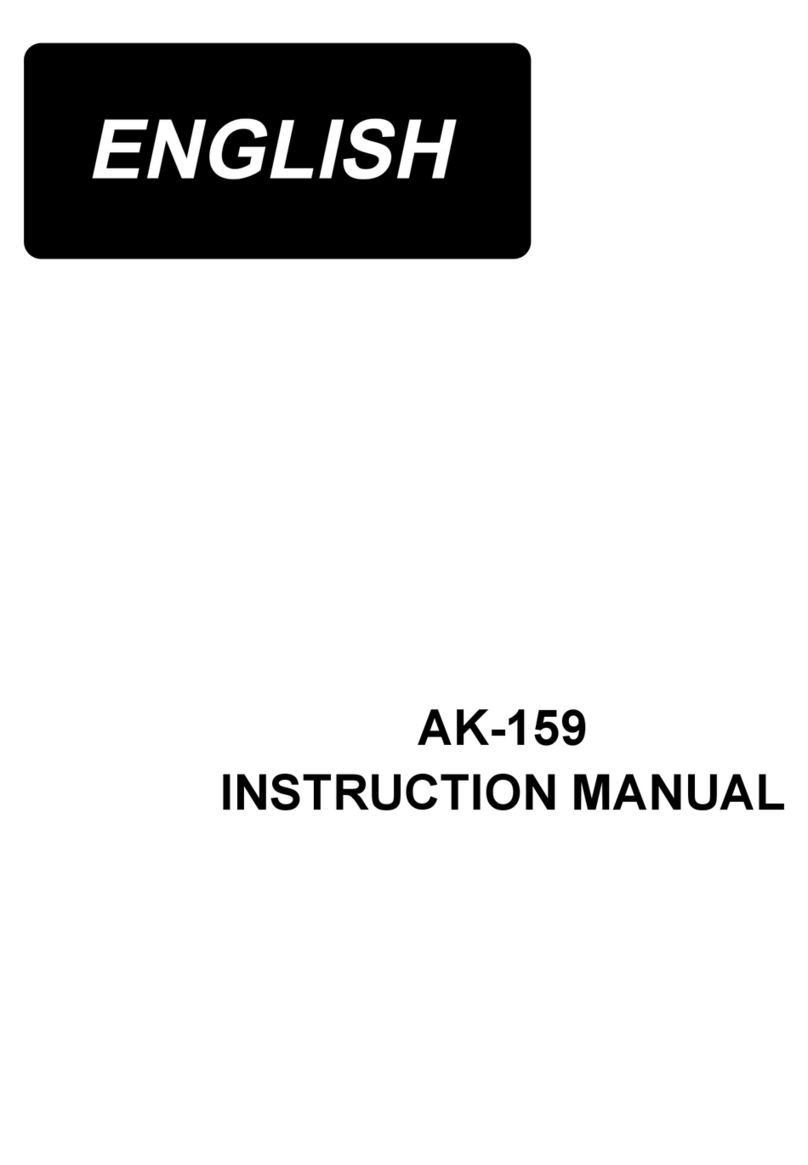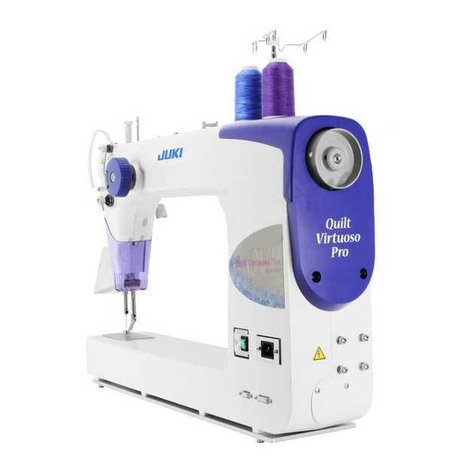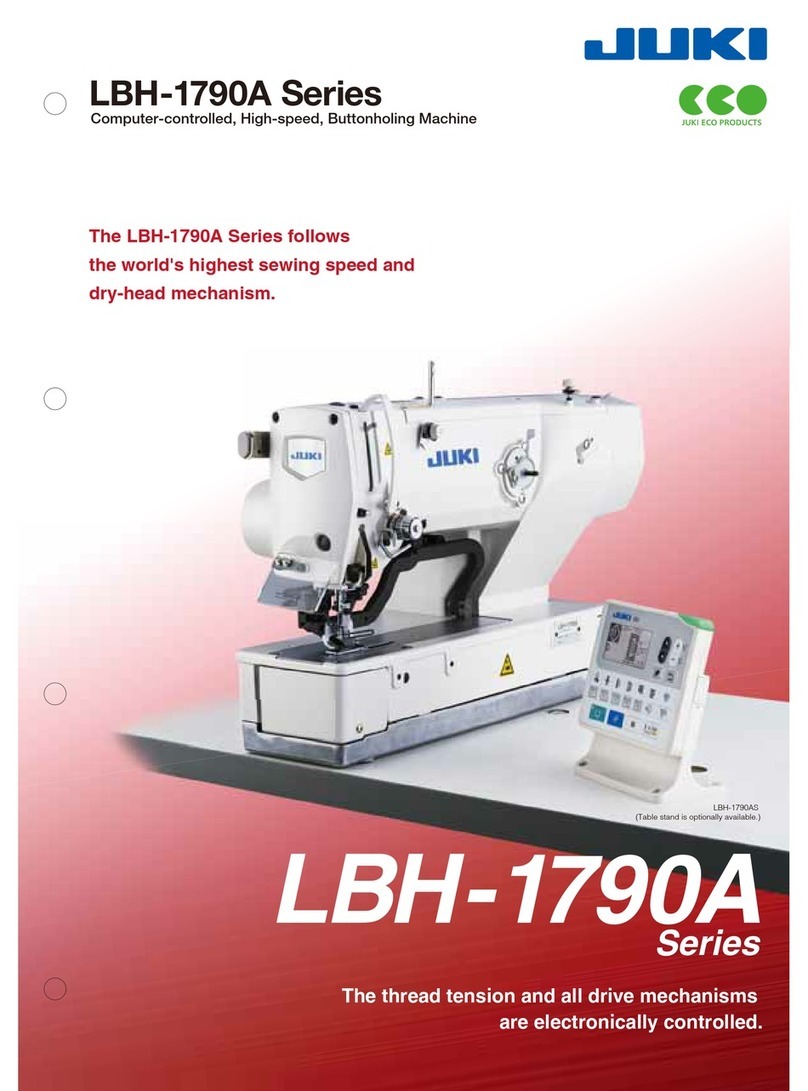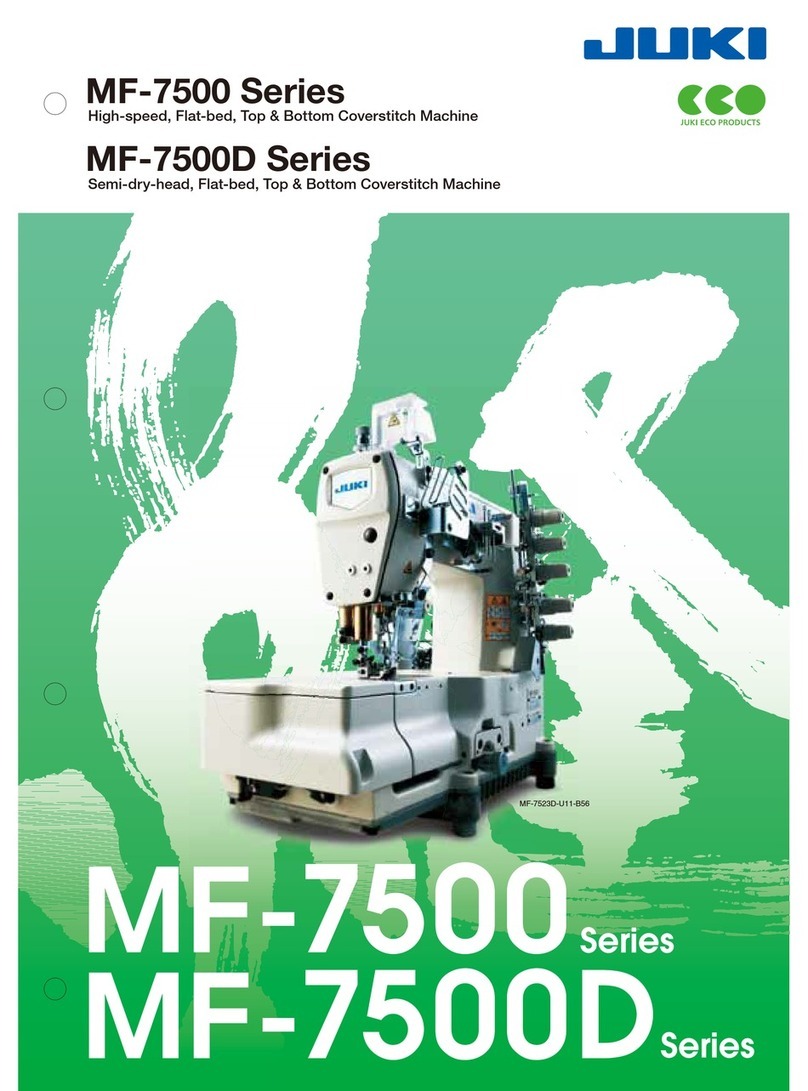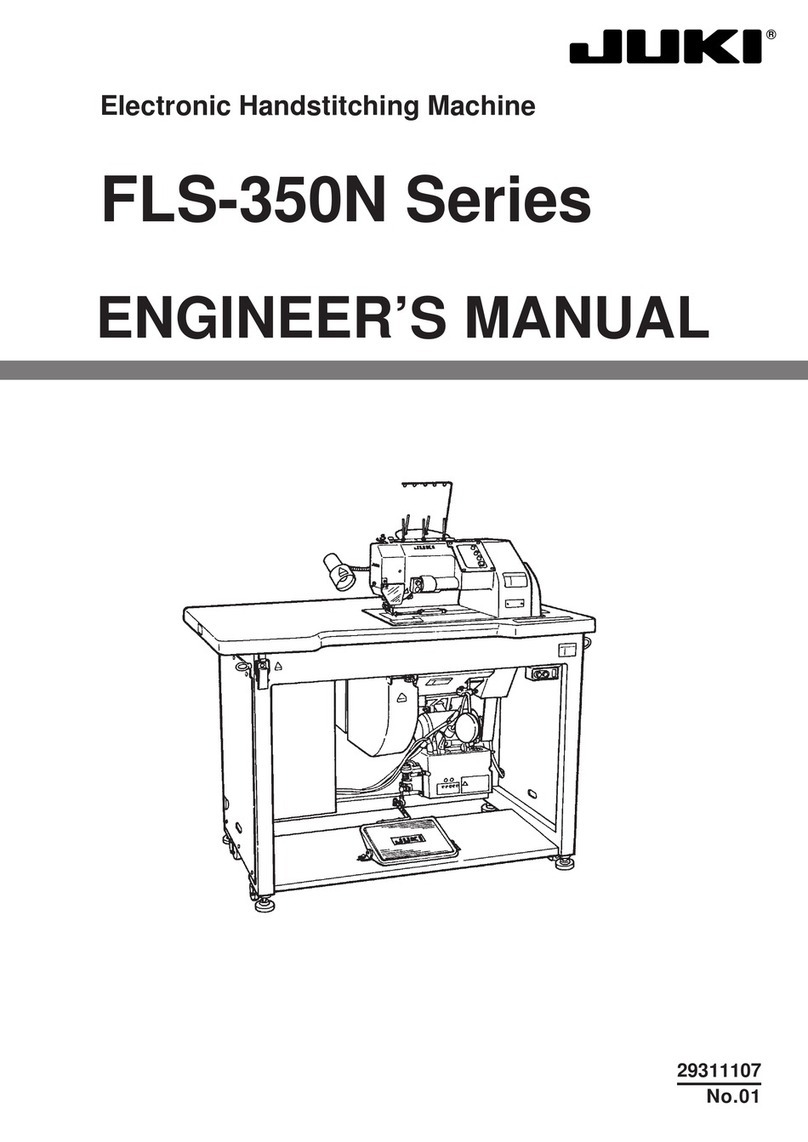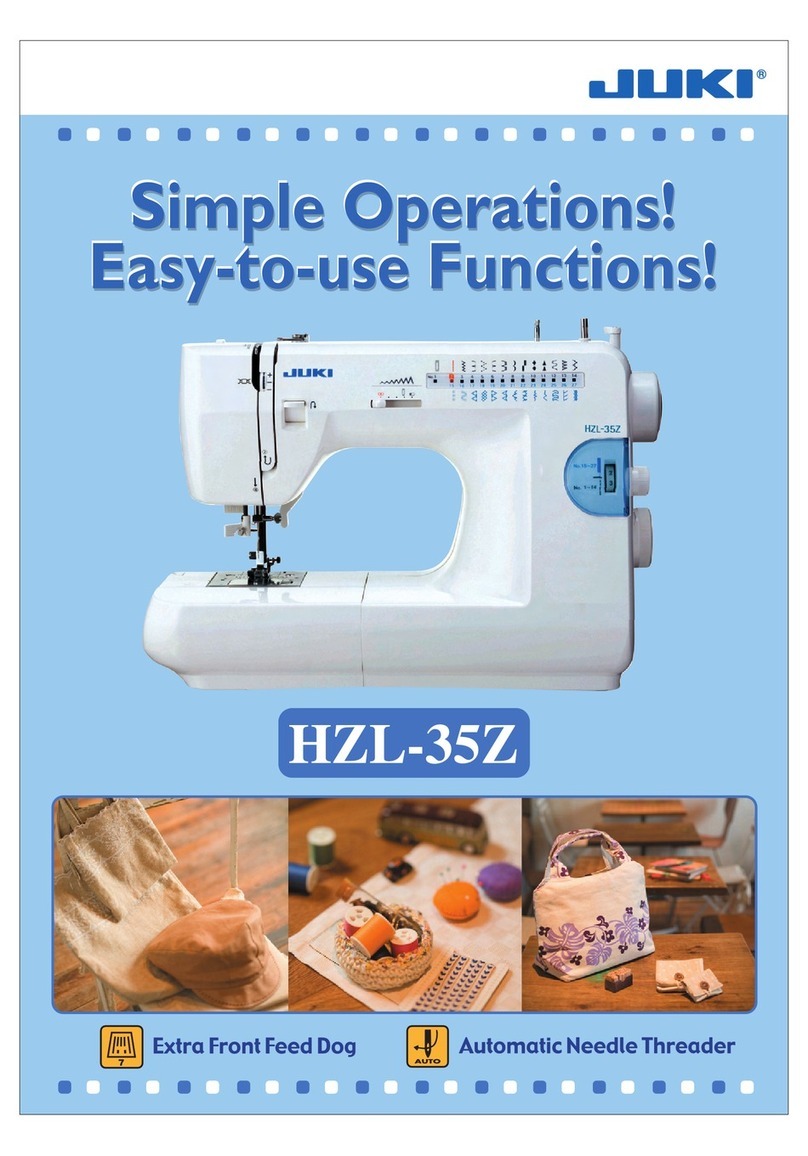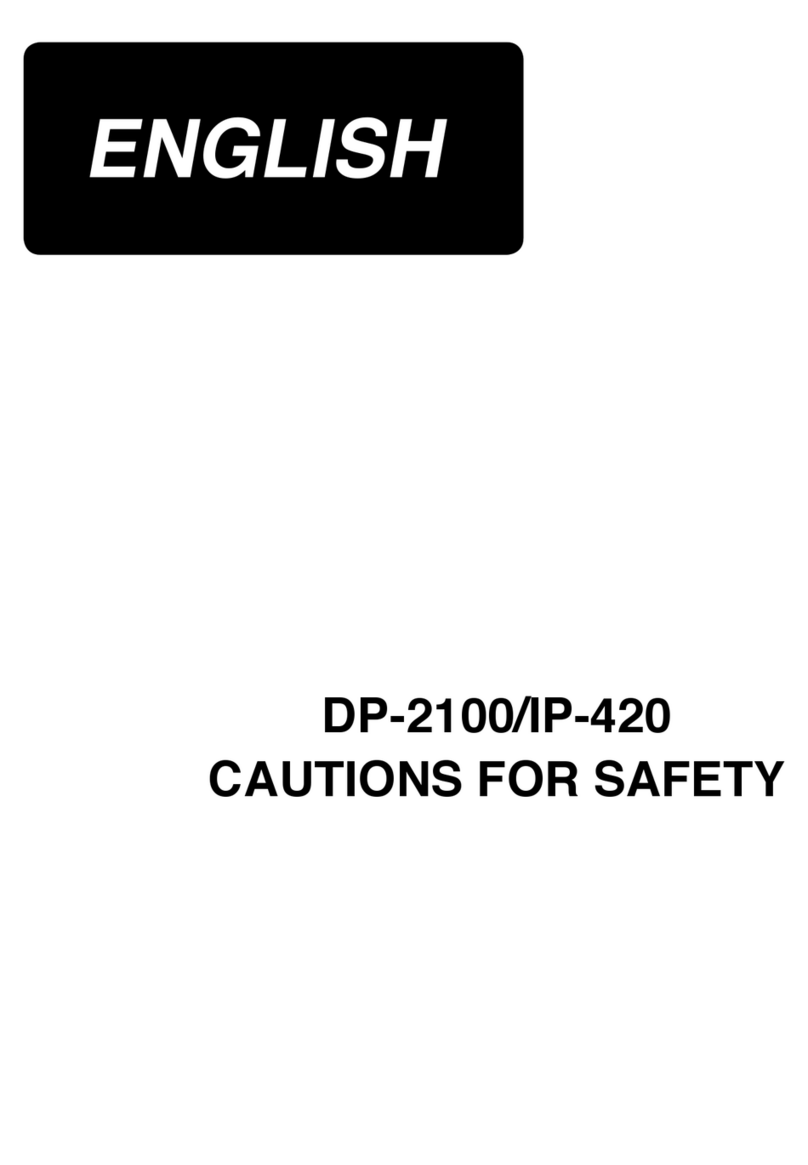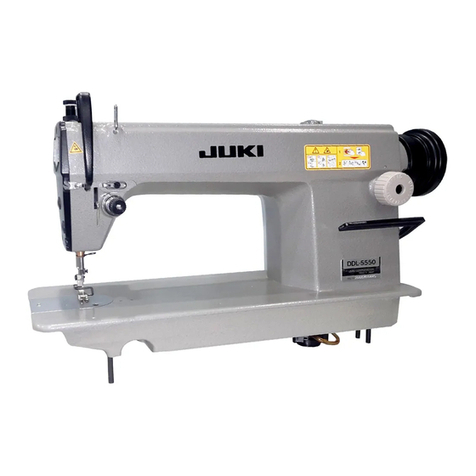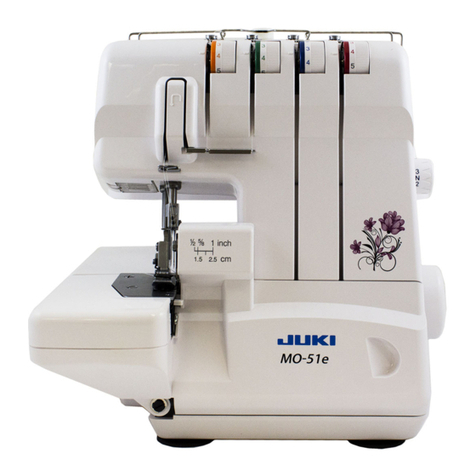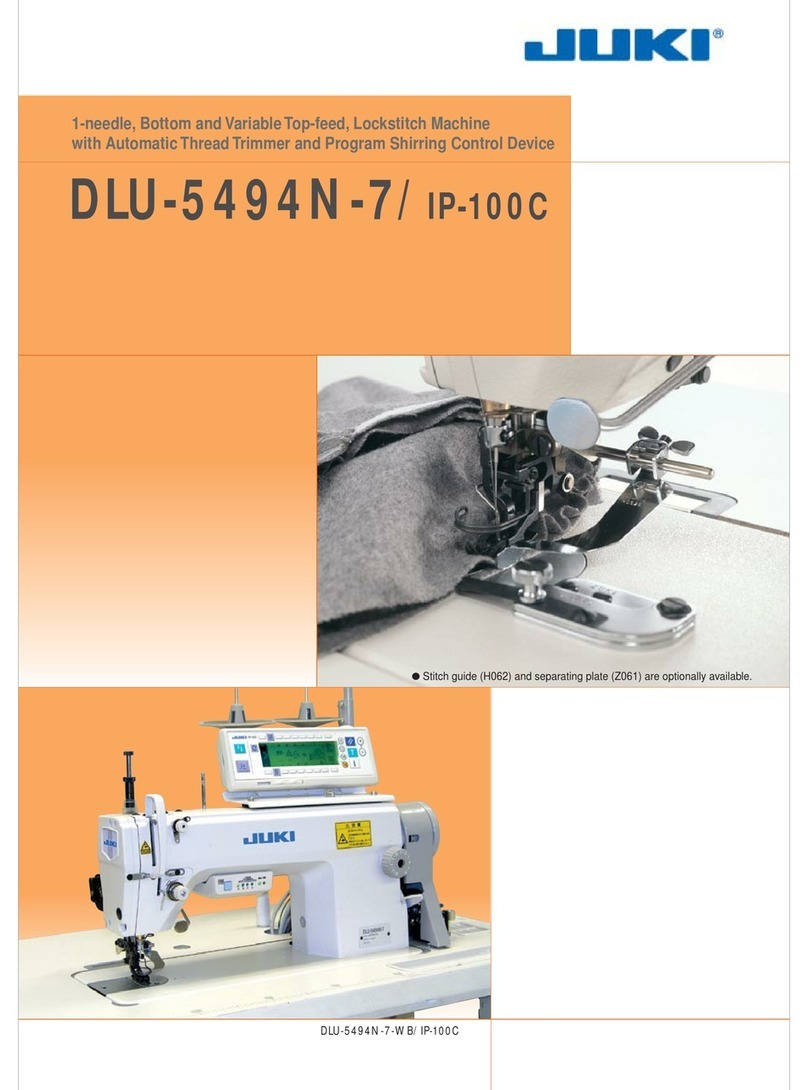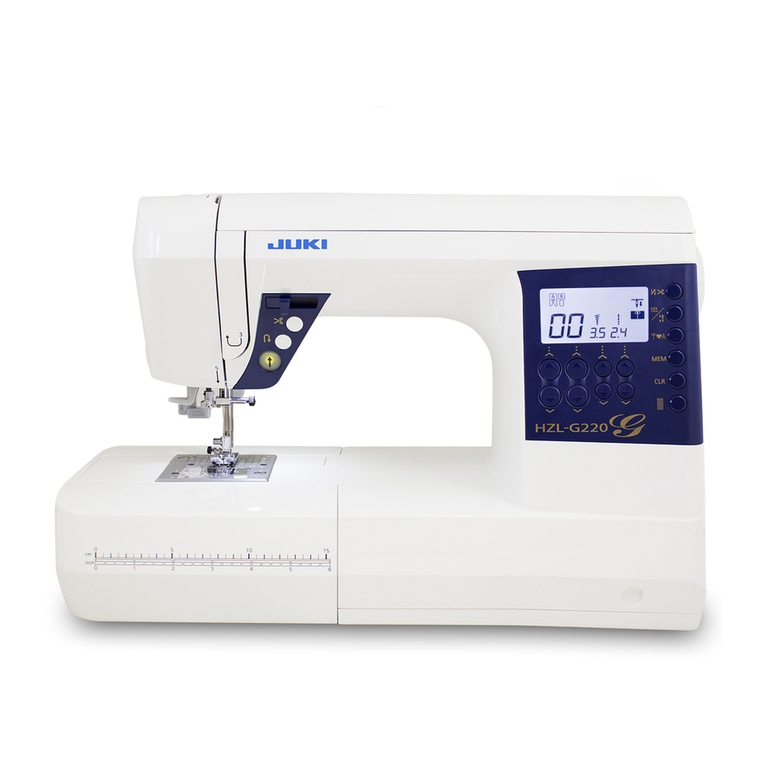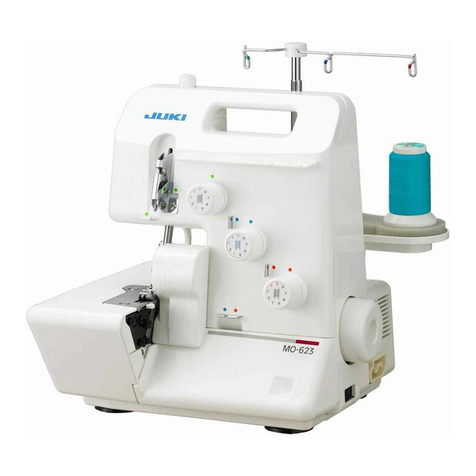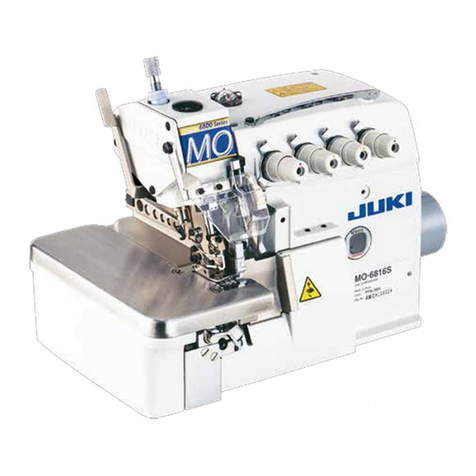
i
CONTENTS
1. SPECIFICATIONS.................................................................................................................... 1
2. INSTALLATION........................................................................................................................ 1
3. ADJUSTING THE BELT TENSION.......................................................................................... 2
4. INSTALLING THE SYNCHRONIZER SUPPORT ROD........................................................... 3
5. ATTACHING THE BELT COVER............................................................................................. 3
6. INSTALLING THE KNEE SWITCH.......................................................................................... 4
7. INSTALLING THE AIR DRIVE UNIT........................................................................................ 4
(1)Installing the air control unit ...............................................................................................................4
(2)Connecting the air hose....................................................................................................................... 5
(3)Adjusting the air pressure ................................................................................................................... 6
8. INSTALLING THE THREAD STAND....................................................................................... 7
9. LUBRICATION ......................................................................................................................... 7
10. ATTACHING THE NEEDLE ................................................................................................... 9
11. ATTACHING/REMOVING THE BOBBIN ............................................................................... 9
12. THREADING THE HOOK .................................................................................................... 10
13. INSTALLING THE THREAD GUIDE.................................................................................... 10
(1)Installing the needle thread guide rod.............................................................................................. 10
(2)Installing the bobbin winder thread guide ....................................................................................... 10
14. WINDING A BOBBIN ........................................................................................................... 11
15. ADJUSTING THE AMOUNT OF OIL IN THE HOOK .......................................................... 11
16. THREADING THE MACHINE HEAD................................................................................... 12
17. ADJUSTING THE STITCH LENGTH................................................................................... 13
18. THREAD TENSION............................................................................................................... 13
(1)Adjusting the length of thread remaining after thread trimming ...................................................13
(2)Adjusting the needle thread tension................................................................................................. 13
(3)Adjusting the bobbin thread tension ................................................................................................ 13
19. THREAD TAKE-UP SPRING ............................................................................................... 14
(1)When you want to change the stroke of the spring : ......................................................................14
(2)When you want to change the tension of the spring : ....................................................................14
20. HAND LIFTER / HANDHEBEL............................................................................................ 14
21. ADJUSTING THE PRESSURE OF THE PRESSER FOOT ................................................ 14
22. NEEDLE-TO-HOOK RELATION.......................................................................................... 15
23. ADJUSTING THE HOOK NEEDLE GUARD ....................................................................... 15
24. ADJUSTING THE BOBBIN CASE OPENING LEVER........................................................ 16
